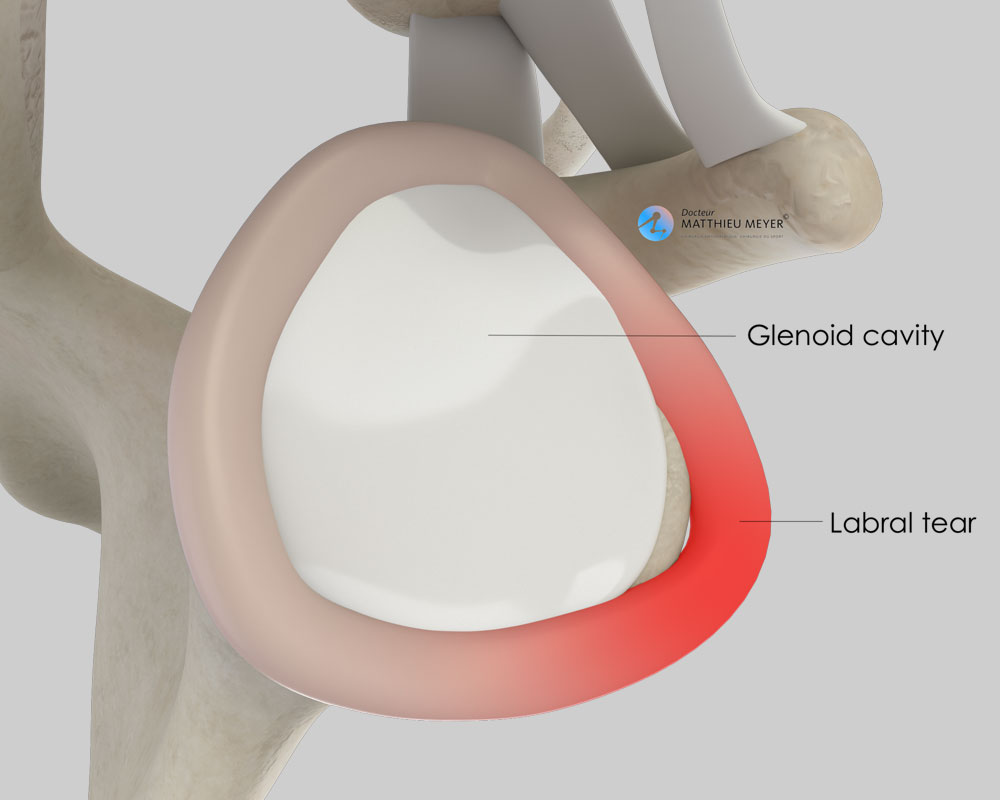STABLE: a shoulder instability research trial
Along with the orthopaedic surgeons at the Banff Sport Medicine clinic, our research team are recruiting patients to the STABLE clinical research trial.
Why is this research being done?
The shoulder is one of the body’s largest joints and can also move through the greatest range of motion. Unfortunately, it is also the most commonly dislocated joint in the body.
Our shoulders help us with tasks such as reaching overhead, pushing, pulling, and lifting.
WATCH this short video to learn more about shoulder dislocation

Repeated shoulder dislocations can damage some of the essential parts of the shoulder, such as the ligaments, bones, and labrum – all these parts work together to keep the shoulder stable.
Dislocation can lead to instability of the shoulder joint, resulting in pain, poor shoulder function, feelings of the shoulder “giving way”, and an overall decrease in quality of life.
In addition, several long-term research studies have shown that repeated shoulder dislocations can increase the risk of developing arthritis.
— Learn more about the basics of shoulder instability —
Surgical options to treat shoulder instability
Surgery to stabilize the shoulder can improve joint function and may also reduce the risk of developing arthritis.
Two surgeries are commonly used in patients with repeated dislocations; the “Latarjet” procedure and the “Bankart + Remplissage” procedure.
The Latarjet procedure involves moving some bone from the top of the shoulder blade to the front of the shoulder. The procedure can be done through small incisions (arthroscopically), but in some cases, it may require a larger incision. It involves transferring a nearby bony structure called the coracoid process (with the tendon attached) to the front of the shoulder joint. This bone then provides support to prevent the shoulder joint from dislocating.



The Bankart + Remplissage procedure is done arthroscopically (minimally invasive) and involves repairing and tightening the soft tissues at the front of the shoulder joint.
Bankart repair involves attaching the labrum (rubbery cartilage) to the glenoid bone (shoulder socket bone). To hold tissue in place, the surgeon inserts small anchors into the bone and stitches the labrum in place. Remplissage involves “filling-in” any bony defect by stitching part of the surrounding muscle to the humerus and securing it with a small anchor.



At this time, surgeons do not clearly know which is the best procedure.
The Latarjet is more invasive (uses a larger incision), but some research suggests it may be more effective at treating instability.
The Bankart + Remplissage procedure is less invasive (uses a smaller incision), but it may result in higher rates of shoulder instability after surgery.
Who is eligible for this study?
If you have been referred to the Banff Sport Medicine clinic due to recurrent shoulder instability and you are between 18 – 50 years old, one of the BSM orthopaedic surgeons will check to see if you are a potential candidate for the STABLE study.

Your Surgeon will assess your shoulder, review CT scans of your shoulder, and discuss your injury with you. In addition, they will ask you about any previous injuries, your medical history, as well as your goals to determine your suitability for this research study.
If you are a suitable patient for the study, your Surgeon will ask you if you would like to receive some more information from our research team.
Please know that your participation in the STABLE study is completely voluntary!
What’s involved in participating in this research study?
- Standard should examinations, CT scan, and completion of online questionnaires
- Randomization (like tossing a coin) to one of the two surgical groups:
- Latarjet procedure
- Bankart + Remplissage procedure
- Muscle strength testing of your shoulder muscles
- Two years of follow-up after your surgery at 2 weeks, 3-, 6-, 12, and 24-months
Are there any benefits to participating in this research study?
If you agree to participate in this study, there may or may not be a direct benefit to you.
For example, your condition may improve during the study because of the surgery to stabilize your shoulder, but there is no guarantee that this research will help you.
It is possible that you may benefit from the additional observation provided through this study which is above the usual standard of care.
The researchers hope the information learned from this study will help other patients in the future. For example, this study may help surgeons and physiotherapists discover which surgery method will provide the best outcomes with the lowest chance of future shoulder dislocations.
This research study will provide surgeons with new information regarding the best treatment for repeated shoulder dislocation.







